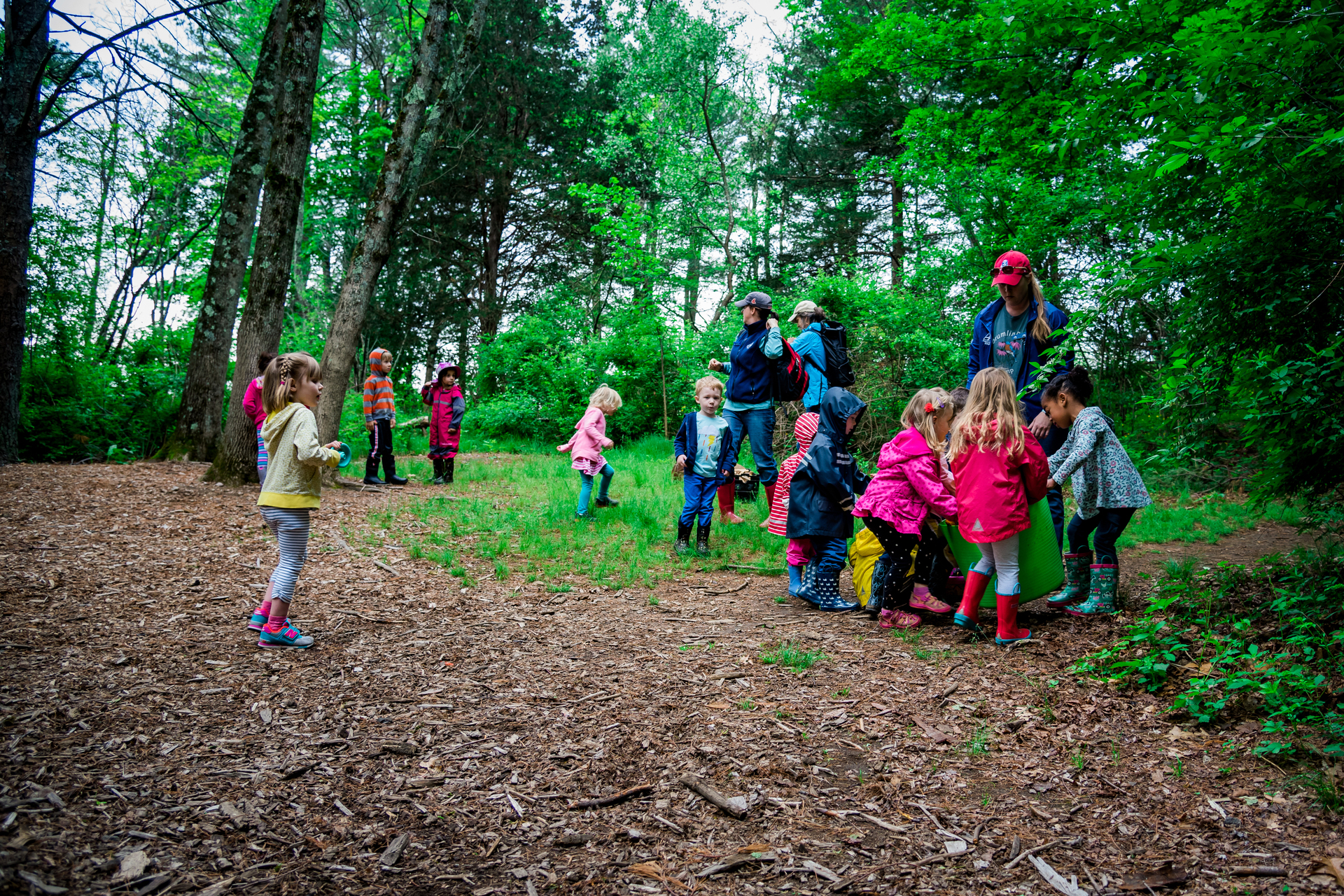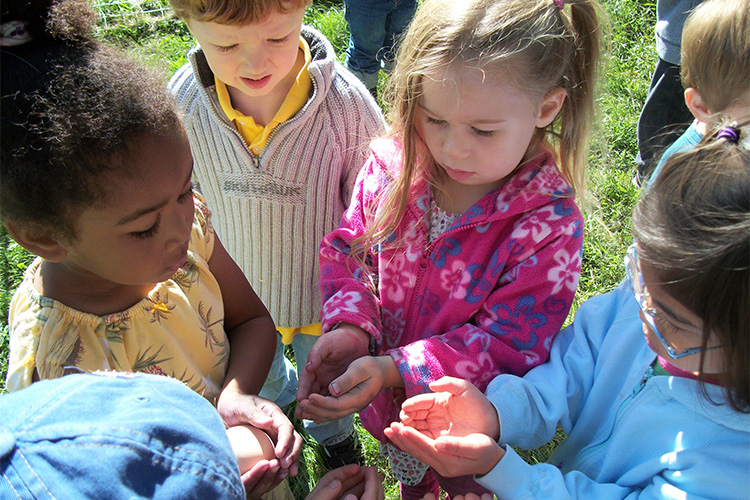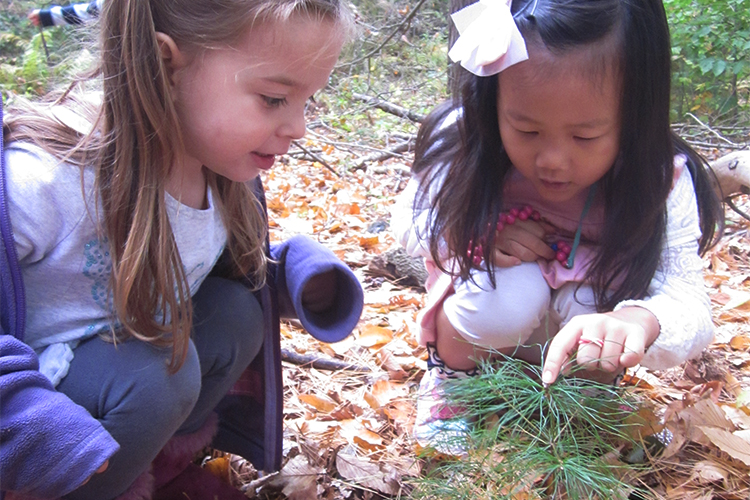From her childhood in the farm fields of Kenya, Wangari Maathai learned to respect the soil and its bounty. This set her on a path to fight environmental degradation and social injustice, for which she would win the Nobel Peace Prize.
In the United States, Rachel Carson observed the habits of wildlife from her family farm in Pennsylvania. Those experiences ignited a spark that led her to write Silent Spring, which prompted the ban of the pesticide DDT.
More recently, in the Rocky Mountains of Colorado, Xiuhtezcatl Martinez grew up with the belief that protecting the earth is a sacred responsibility passed down from his indigenous ancestors. He is now one of 21 youth plaintiffs suing the U.S. federal government for ignoring climate change.
It shouldn’t surprise you that these environmental leaders were all immersed in nature at a young age. But what you may not realize is how much spending time outdoors gave them the tools they needed to succeed as adults.
The natural world provides endless opportunities for wonder, exploration, discovery, investigation, and critical thinking. Playing and learning in nature supports creativity, problem-solving skills, and resilience. The benefits of nature on mental health are also well known. Studies show that spending time outside positively affects a child’s cognitive, physical, social, and emotional development.
As a nature-based early childhood education leader in Massachusetts and New England, Mass Audubon has an opportunity to give all children and families access to nature play and learning. It’s an opportunity that we aren’t taking for granted.
It All Starts in Preschool
It was over 40 years ago that Arcadia Wildlife Sanctuary in Northampton and Easthampton opened Mass Audubon’s first nature preschool—making it the first nature preschool in Massachusetts and the second in New England. In the decades that followed, we opened three more nature preschools at our sanctuaries in Lincoln, Mattapan, and Wenham, and we expect to open several more in the coming years.
Where we don’t have formal preschools, we reach out to preschool-aged children and their parents through weekly programs, in which young naturalists engage in stories, crafts, nature play, and walks throughout the year.
But reaching preschoolers at our wildlife sanctuaries isn’t enough. We want to bring the same wonder and delight to schools throughout the Commonwealth.
To do this, we host professional development programs for hundreds of early childhood educators to integrate nature play and learning into traditional early education curriculum. Teachers can also take advantage of our free nature-based preschool STEM teaching units, funded by the MA Department of Early Education and Care, with activities and lessons straight from our own community of creative and passionate early childhood educators.
Soon, teachers and families will have access to our newest toolkit—Learning STEMs from Nature. This series of curriculum units and educator resources will help make integration of nature learning and play into preschool curricula more attainable in any learning environment.
As children in our programs play, grow, and learn in nature, our hope is that we are stewarding the next Wangari or Rachel or Xiuhtezcatl. At Mass Audubon, we’re committed to growing the next generation of nature heroes.
Tips for Connecting to Nature with Your Child
Experience First, Explain Later
As adults, we often try to explain the world to children—let them simply experience it.
Demonstrate "being open" to new experiences and simply take it all in.
- Do you hear a toad singing? Crouch down and see if you can spot its vocal sac.
- Did you hear a bird in the thicket? Can you find it?
- Do you see a flower on a tree? What does it smell like?
Be Patient with Naming
For young children, scientific names of species are not the most important to note when observing nature. In fact, sometimes sharing the "correct" names cuts close observation short. Move to naming things when both you and your child become more familiar with a plant or animal through repeated observation and recognition.
Slow Down & Observe
Leave the pace of the "real" world behind—you'll notice more if you slow down. Try observing nature from unusual perspectives: look up from the forest floor to the canopy, explore the bark of a tree up close, and practice seeing the world from your child’s perspective.
Cultivate Your Sense of Wonder
If you would like your child to build a relationship with the natural world, show them your own commitment to nature. Get outside and explore together!
This article is was featured in the Winter 2019 issue of Explore, Mass Audubon's quarterly member newsletter.





